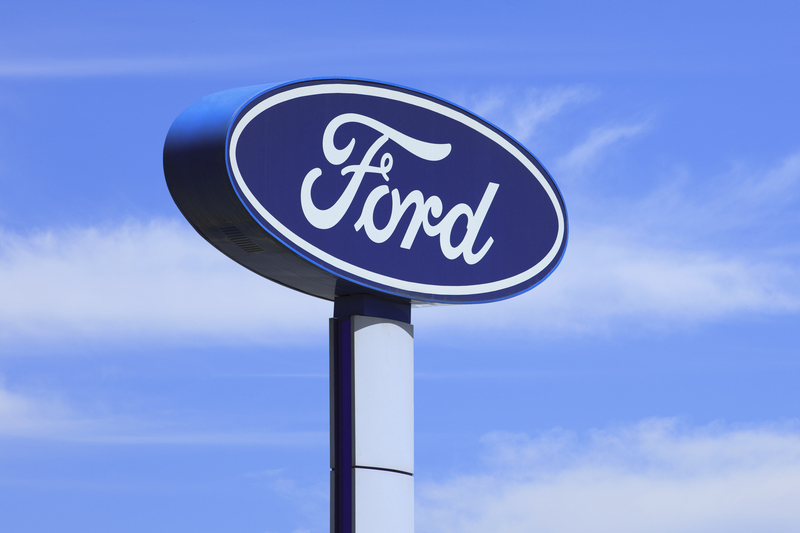Investing.com’s stocks of the week
Investing.com – Ford (NYSE:F) stock climbed more than 10% in Thursday’s premarket after the automaker raised its annual profit forecast for the second time in as many months while deciding to resume paying its dividend.
The company said semiconductor availability remains a challenge, but it was markedly improved from the second quarter, propelling sequential increases in wholesale shipments and revenue of 32% and 33%, respectively.
The company now expects its adjusted earnings before interest and taxes to be $11 billion at midpoint. Ford will pay its quarterly dividend of 10 cents a share on December 1. It had suspended the payout in March 2020 at the time of the pandemic.
While Ford sees the chip shortage easing, Bloomberg quoted Chief Financial Officer John Lawler as saying that it could still extend into 2023. Ford’s factories won’t run at full tilt until the end of next year, he said. “We are seeing about 10%” sales growth in 2021, Lawler said.
Lawler warned of a hit from rising commodity prices. They are expected to be up $3 billion to $3.5 billion for 2021, and could increase another $1.5 billion in 2022, a note by the company quoted him as saying.
North America was the bright spot for the company as the economies there reopened quicker than most and more people went back to work and began to lead normal lives. Improvement in semiconductor supplies in North America in the third quarter helped lift regional product shipments 67% from the second quarter. That increased volume pushed the business unit’s EBIT margin to 10.1%.
In China, retail sales of luxury Lincoln-brand vehicles were up 24% year-over-year. Last week, Ford began local production of its all-electric Mustang Mach-E in Chongqing.
At $35.7 billion, Ford’s total third-quarter revenue was down moderately from the same quarter a year ago and also behind expectations. Adjusted profit per share of 51 cents was less than 65 cents of 2020 September quarter’s but well ahead or analysts’ estimates this time.
According to CFO John Lawler, the company expects to invest $40 billion to $45 billion in strategic capital expenditures between 2020 and 2025 – including one-half of the more than $30 billion it plans to devote exclusively to battery electric vehicles during that same period.
